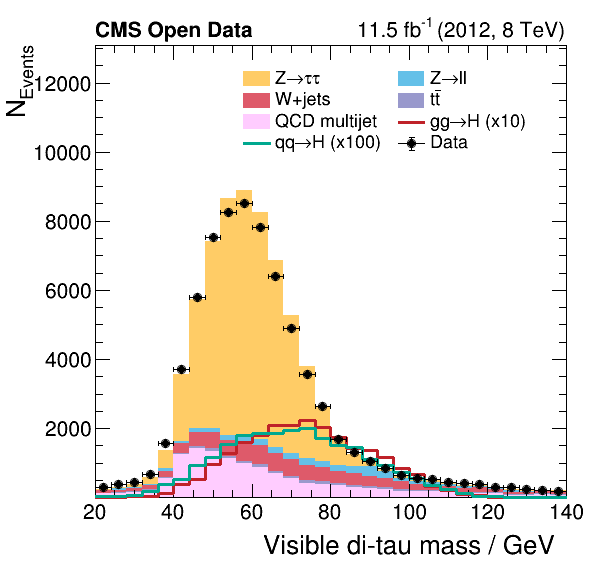
What is this lesson about?
Welcome. In this lesson you will:
- learn how to connect everything you have learned so far in order to exercise a full (or almost full) analysis example.
- learn how to skim your dataset so it is manageable for your analysis.
- learn how to implement the most usual ingredients of an analysis, including estimating the luminosity, and the contribution of background processes.
- be able to produce simple plots to show the results.
Prerequisites
In order to complete this lesson you need
- An internet connection.
- To have completed the basic physics objects lesson.